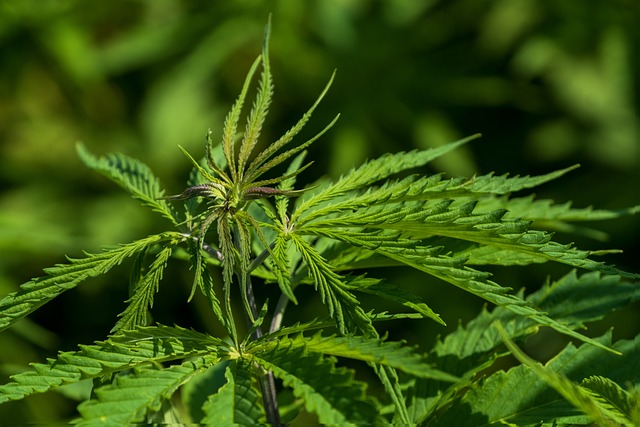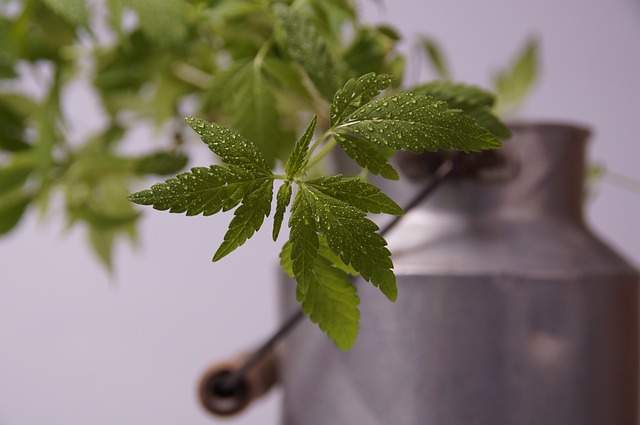Introduction
When it involves protecting your monetary future, diversifying your financial investment profile is crucial. One opportunity that has actually amassed interest recently is the Gold Person Retired Life Account (INDIVIDUAL RETIREMENT ACCOUNT). Yet just what are Gold IRAs? Why are they a hot topic among capitalists? In this comprehensive overview, we’ll look into Understanding Gold IRAs: The Good, The Bad, and The Ugly
Gold IRAs enable you to hold physical gold or other precious metals in your pension. They provide unique benefits and negative aspects contrasted to standard financial investment lorries like supplies or bonds. Yet before diving right into the nitty-gritty, let’s damage down the important components of Gold IRAs.
What is a Gold IRA?
A Gold IRA is a specific form of self-directed Individual Retirement Account that permits financiers to consist of physical gold as component of their retirement portfolio. Unlike standard Individual retirement accounts that typically focus on stocks and bonds, a Gold individual retirement account can hold various kinds of precious metals, consisting of:
- Gold Coins
- Gold Bars
- Silver
- Platinum
- Palladium
Understanding how these accounts work is critical for making informed investment decisions.
How Does a Gold IRA Work?
In easy terms, a Gold individual retirement account operates in a similar way to any type of other pension yet with one considerable difference– you’re purchasing concrete possessions as opposed to paper possessions. Below’s just how it works:
This procedure may appear straightforward, yet there are intricate information and laws entailed that can impact your financial investment choices.
The Good: Benefits of Gold IRAs
When contrasting gold individual retirement account pros and cons, it’s vital to highlight the advantages first.
1. Hedge Against Inflation
One of the most considerable advantages of investing in gold is its capacity to work as a hedge versus rising cost of living. Historically, gold maintains its worth even when currency values decrease. So if you’re bothered with rising cost of living eating away at your savings, gold can be a wise move.
2. Diversification of Portfolio
Adding gold to your financial investment mix can give much-needed diversification. Diversification aids minimize threat; if one industry underperforms, others may perform much better– hence shielding your overall investment.
3. Tax obligation Advantages
Gold IRAs feature tax obligation advantages similar to typical IRAs. This suggests you may defer taxes on gains until withdrawal or potentially appreciate tax-free growth if you get approved for a Roth IRA.
4. Substantial Possession Ownership
Unlike supplies or bonds, possessing physical gold offers assurance for several capitalists that choose substantial assets over intangible ones. Physical ownership permits you to really feel secure knowing you have something useful that isn’t subject to digital risks like hacking or fraud.
5. Long-Term Investment Potential
Gold has shown long-term security and appreciation over years– making it a suitable selection for those trying to find trustworthy long-term investments rather than quick profits.
6. Protection During Economic Downturns
During financial unpredictability or market volatility– believe gold-ira-pros-and-cons economic crises or geopolitical tensions– capitalists commonly flock in the direction of gold as a “safe haven” asset as a result of its historic resilience during such times.
The Bad: Downsides of Gold IRAs
While there are various benefits related to gold financial investments, it’s essential not to ignore the prospective drawbacks too.
1. Storage Costs
Owning physical gold needs secure storage alternatives– typically resulting in extra prices connected with safes or safekeeping solutions that can reduce right into your returns over time.
2. Restricted Growth Prospective Compared to Stocks
While gold maintains worth more than time, it usually does not value at the exact same rate as equities do during bullish markets– because of this; it could not appropriate for every single financier seeking optimum growth potential.
3. Regulatory Compliance Issues
Navigating via IRS regulations pertaining to rare-earth element financial investments can be complex and difficult (pun intended). Failure to conform might lead you toward large fines or fines– which includes layers of tension you could not want while focusing on retirement planning!
4. Illiquidity Concerns
Unlike stocks traded on significant exchanges where deals happen within seconds– selling off physical assets like coins/bars takes longer– and usually involves additional charges that could reduce profits better down the line!
5. Possible for Scams
Unfortunately, frauds abound in the realm of precious metals– an expanding concern among potential capitalists! Always perform complete research study prior to involving with dealers/sellers declaring remarkable returns without appropriate backing!
The Ugly: Typical Risks When Purchasing Gold IRAs
Every financial investment features dangers– and comprehending these pitfalls will assist secure against them effectively!
1. High Costs Connected With Purchases & Maintenance Costs
Many custodians charge high charges concerning transactions/maintenance prices– which could eat away at returns dramatically! Inspect fee structures prior to dedicating funds anywhere!
2. Lack of Expertise Amongst Investors
Some individuals dive headfirst right into spending without properly recognizing what they’re entering; this indifferent technique typically leads them astray– causing bad decision-making down-the-line!
3. Misleading Advertising And Marketing Strategies by Dealers
Unfortunately– not all dealerships run morally! Watch out for showy ads promising impractical returns– it’s important constantly do due diligence prior interesting any person declaring expertise!
FAQs Concerning Gold IRAs
Q1: What kinds of gold can I buy through a Gold IRA?
A1: You can purchase various kinds of physical gold such as coins (e.g., American Eagle), bars (produced by approved makers), and bullion that fulfill IRS standards.
Q2: Exist contribution limits on my Gold IRA?
A2: Yes! Payment restrictions straighten with conventional individual retirement account limitations established by the internal revenue service– which may differ yearly based on rising cost of living adjustments; examine the latest updates for accurate figures!
Q3: Can I roll over funds from an additional retirement account into my Gold IRA?
A3: Definitely! You can execute rollovers from 401(k)s or conventional Individual retirement accounts without sustaining tax obligations– provided all policies are adhered to correctly throughout the process!
Q4: Do I require insurance for my physical gold holdings?
A4: While not necessary– it’s highly a good idea! Insurance shields versus loss/damage/theft making certain security– also when housed within reputable depositories!
Q5: Exactly how does taxes work when withdrawing funds from my Gold IRA?
A5: Withdrawals are tired in a similar way as earnings once secured; however taxes depend upon whether traditional or Roth framework was taken on initially– in any case speak with financial advisors beforehand!
Q6: Exists any charge if I take out prior to reaching retirement age?
A6: Yes! Early withdrawals typically incur fines unless details exceptions apply; make certain comprehend implications prior to acting impulsively pertaining to withdrawal decisions!
Conclusion
In recap, navigating with the globe of financial investments needs cautious factor to consider– and comprehending all aspects surrounding each property course continues to be important! With this short article checking out numerous measurements around “Understanding Gold IRAs: The Good, The Bad, and The Ugly,” we really hope visitors gather insightful knowledge enabling aggressive decision-making while planning their monetary futures effectively!
Investing isn’t almost selecting what seems shiny– it has to do with aligning options very closely with individual objectives whilst considering intrinsic threats involved along-the-way! Make informed decisions to ensure that whatever path picked leads toward fulfilling aspirations comfortably throughout golden years ahead!

